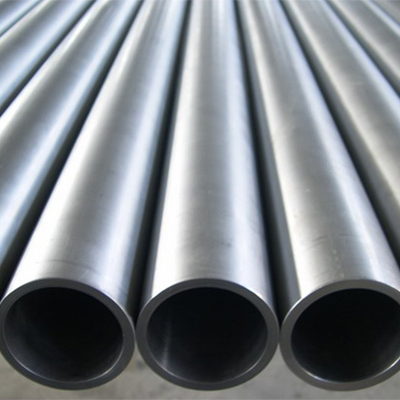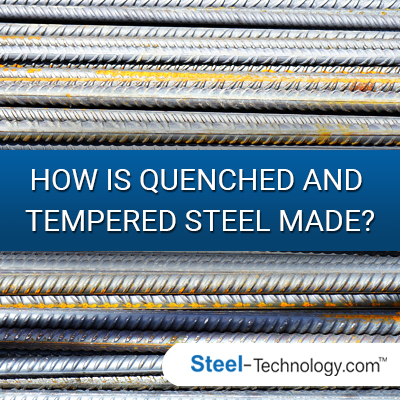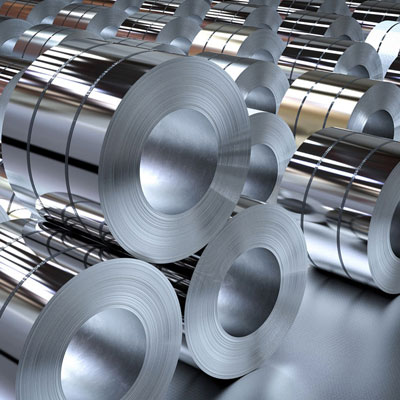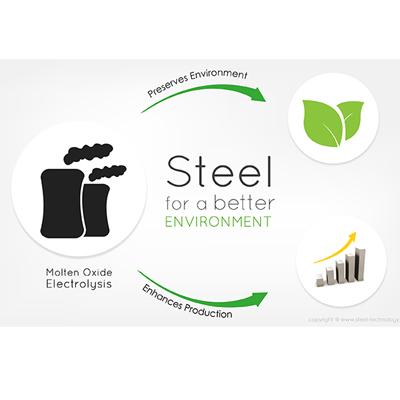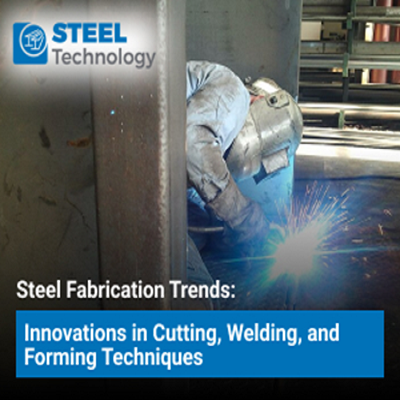Sustainable Waste Disposal and Recycling Strategies in the Steel Industry
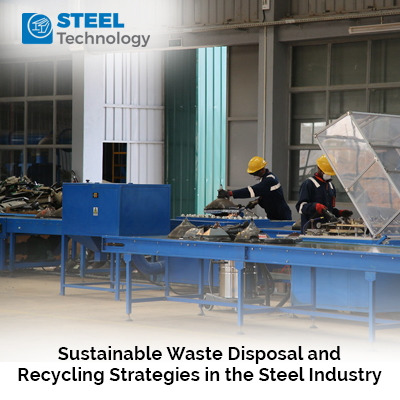
Introduction:
The global steel industry has long been a cornerstone of industrial development, providing the essential building blocks for infrastructure, manufacturing, and countless consumer goods. However, the production of steel generates significant amounts of waste, posing environmental challenges. In recent years, the industry has been actively pursuing sustainable waste disposal and recycling strategies to minimize its environmental footprint. This article explores the current landscape of the steel industry's waste management practices and the innovative approaches adopted to foster a greener and more sustainable future.
The Steel Industry's Waste Challenge:
Steel production involves the extraction of iron ore, the primary raw material, and its transformation into steel through a series of energy-intensive processes, including smelting and refining. These processes generate various types of waste, such as slag, dust, and scale, along with emissions of greenhouse gases like carbon dioxide. Historically, the disposal of such waste posed a significant environmental threat, leading the industry to seek more responsible and sustainable solutions.
Circular Economy and Closed-Loop Systems:
One of the key strategies adopted by the steel industry for sustainable waste disposal is the implementation of circular economy principles and closed-loop systems. In a circular economy, materials are continuously recycled and reused, minimizing the need for new raw materials and reducing waste generation. Closed-loop systems emphasize the reintegration of by-products back into the production process, creating a more sustainable and efficient cycle.
For instance, steel slag, a by-product of the steelmaking process, is now being utilized in various applications, including road construction, cement production, and agriculture. By incorporating steel slag into these sectors, the industry not only reduces waste but also contributes to resource conservation and energy savings.
| Also Read: Closing the Loop: Advanced Waste Management in the Steel Industry |
Advanced Recycling Technologies:
Advancements in recycling technologies have played a pivotal role in enhancing the sustainability of the steel industry. Traditional methods of recycling steel involved melting down scrap metal to produce new steel, but recent innovations have introduced more sophisticated techniques. Electric arc furnaces (EAFs), for example, have gained prominence as a more energy-efficient alternative to traditional blast furnaces. EAFs use recycled steel scrap as their primary input, reducing energy consumption and emissions compared to the conventional steelmaking process.
Furthermore, emerging technologies like direct reduction processes and hydrogen-based steelmaking are being explored as potential game-changers in the industry. These methods have the potential to drastically reduce carbon emissions associated with steel production, paving the way for a cleaner and more sustainable future.
| Also Read:Towards Zero Waste: Innovations in Steel Recycling and Disposal |
Waste Heat Recovery:
Waste heat recovery is another avenue the steel industry is exploring to enhance its sustainability. The steelmaking process generates substantial amounts of heat, which, if harnessed efficiently, can be utilized to generate electricity or provide heat for other industrial processes. By implementing waste heat recovery systems, steel manufacturers can not only reduce their environmental impact but also improve energy efficiency and decrease overall operational costs.
Carbon Capture and Utilization:
Addressing carbon emissions is a critical aspect of the steel industry's sustainability efforts. Carbon capture and utilization (CCU) technologies are gaining attention as a means to capture carbon dioxide emissions from steel plants and repurpose them for various applications. Carbon dioxide can be utilized in the production of synthetic fuels, chemicals, and other value-added products, mitigating its impact on the environment.
Challenges and Opportunities:
While the steel industry has made significant strides in adopting sustainable waste disposal and recycling strategies, several challenges persist. The high upfront costs of implementing advanced technologies, the need for infrastructure upgrades, and regulatory hurdles pose obstacles to widespread adoption. Additionally, the industry faces the challenge of educating stakeholders and fostering a broader understanding of the benefits associated with sustainable practices.
However, these challenges also present opportunities for innovation, collaboration, and investment. Governments, industry leaders, and research institutions can work together to develop supportive policies, provide financial incentives, and promote research and development in sustainable technologies. As the demand for environmentally conscious products and practices continues to rise, the steel industry can position itself as a leader in sustainable manufacturing, gaining a competitive edge in the global market.
Conclusion:
The steel industry's commitment to sustainable waste disposal and recycling strategies marks a significant step toward building a greener and more resilient future. Through circular economy principles, advanced recycling technologies, waste heat recovery, and carbon capture and utilization, the industry is actively addressing its environmental impact. While challenges remain, the opportunities for innovation and collaboration signal a positive trajectory toward a more sustainable and responsible steel industry. As the world continues to prioritize environmental stewardship, the steel industry's efforts to forge a green future serve as a testament to its dedication to both economic growth and environmental preservation.





